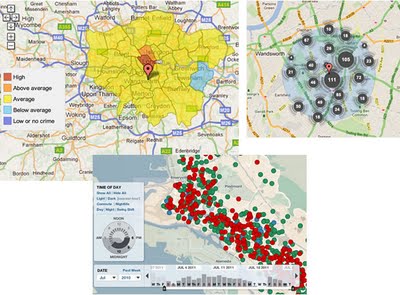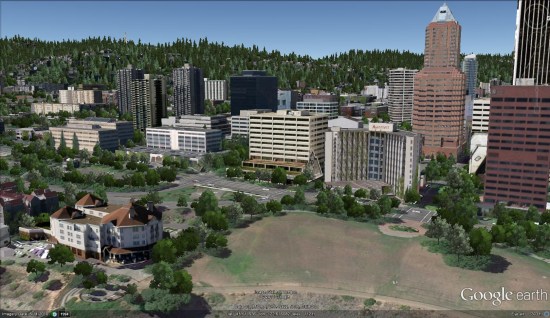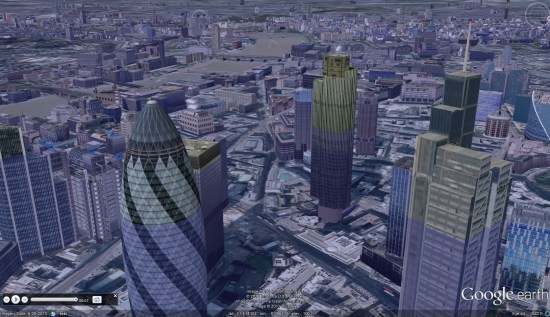

Thanks to sharp-eyed GEB reader ‘Donovan’, it appears that Google has just released thousands of 3D trees in Portland, Oregon (and possibly some other cities).

When Google Earth 6 was released, they included 3D trees in San Francisco, Chicago, New York, Athens, Tokyo and Berlin. In March they added trees to London in preparation for the royal wedding. In June, they added trees to Philadelphia, Boston, London and a few other cities in the California Bay Area. They followed that up in September with trees in Boulder, Denver and Los Angeles. Now we have Portland.
The tree releases have been fairly spread out, but this update comes barely a month after the previous release, so hopefully they’ll be rolling these updates out at a more rapid pace.
Google hasn’t officially announced this release, so there could be additional cities in there as well.
He’s back now with an updated file that generates some slick animations to fly you to London and to animate the rising water. Try it yourself with this KMZ file.![]()
 Making it even better is all of the additional 3D buildings that have been added to London this year, making things look much more realistic and helping to show the depth of the water.
Making it even better is all of the additional 3D buildings that have been added to London this year, making things look much more realistic and helping to show the depth of the water.